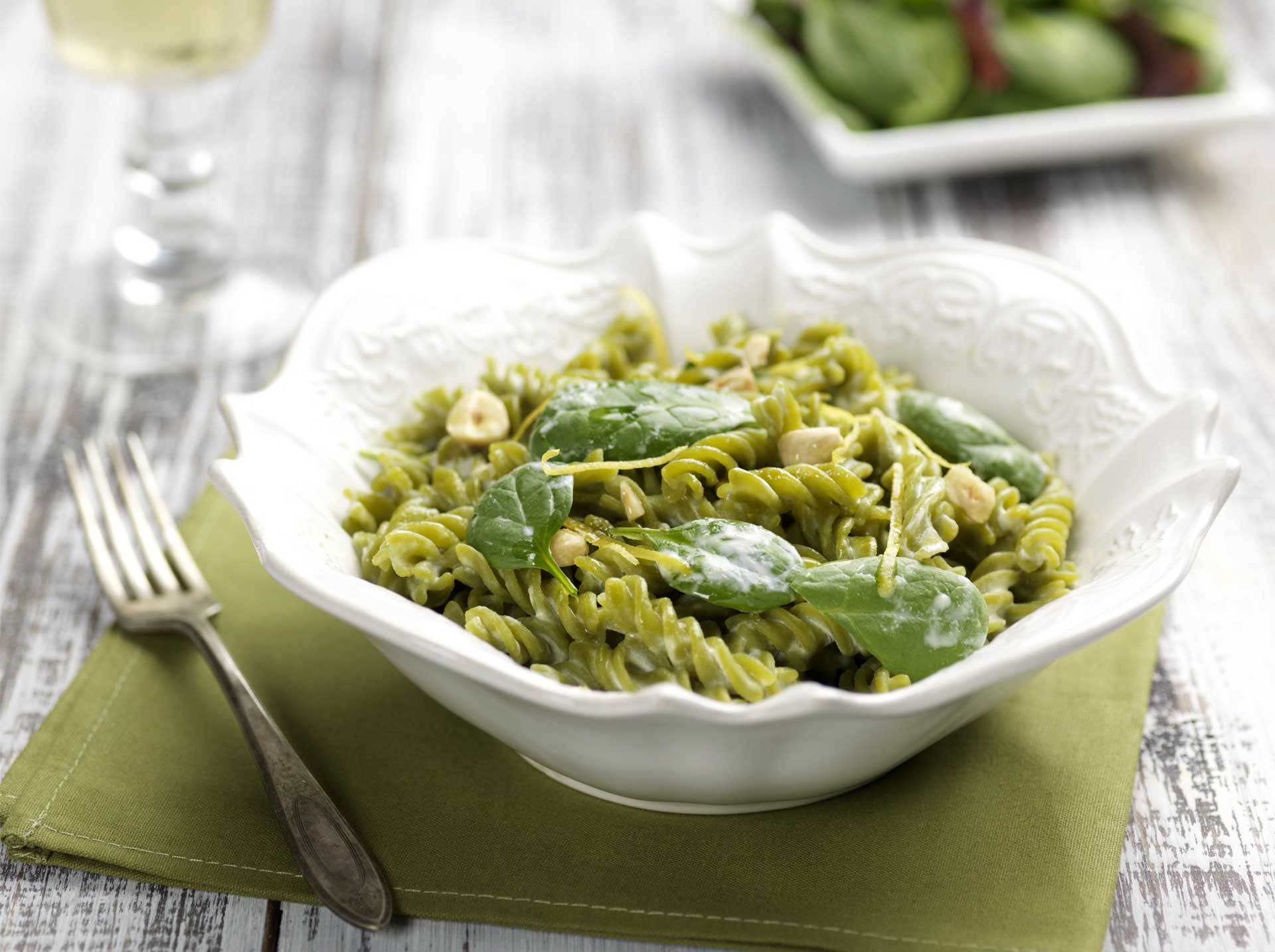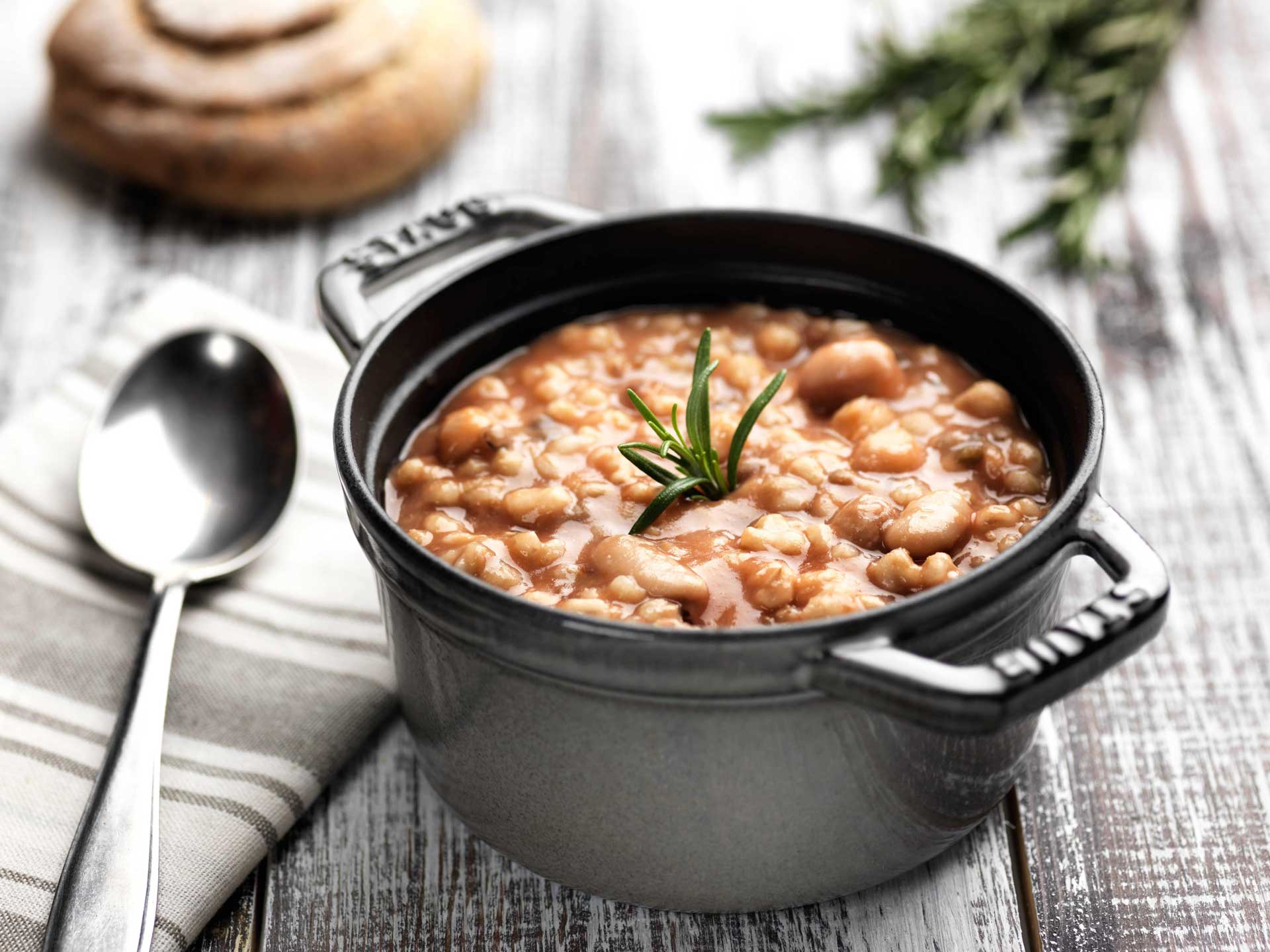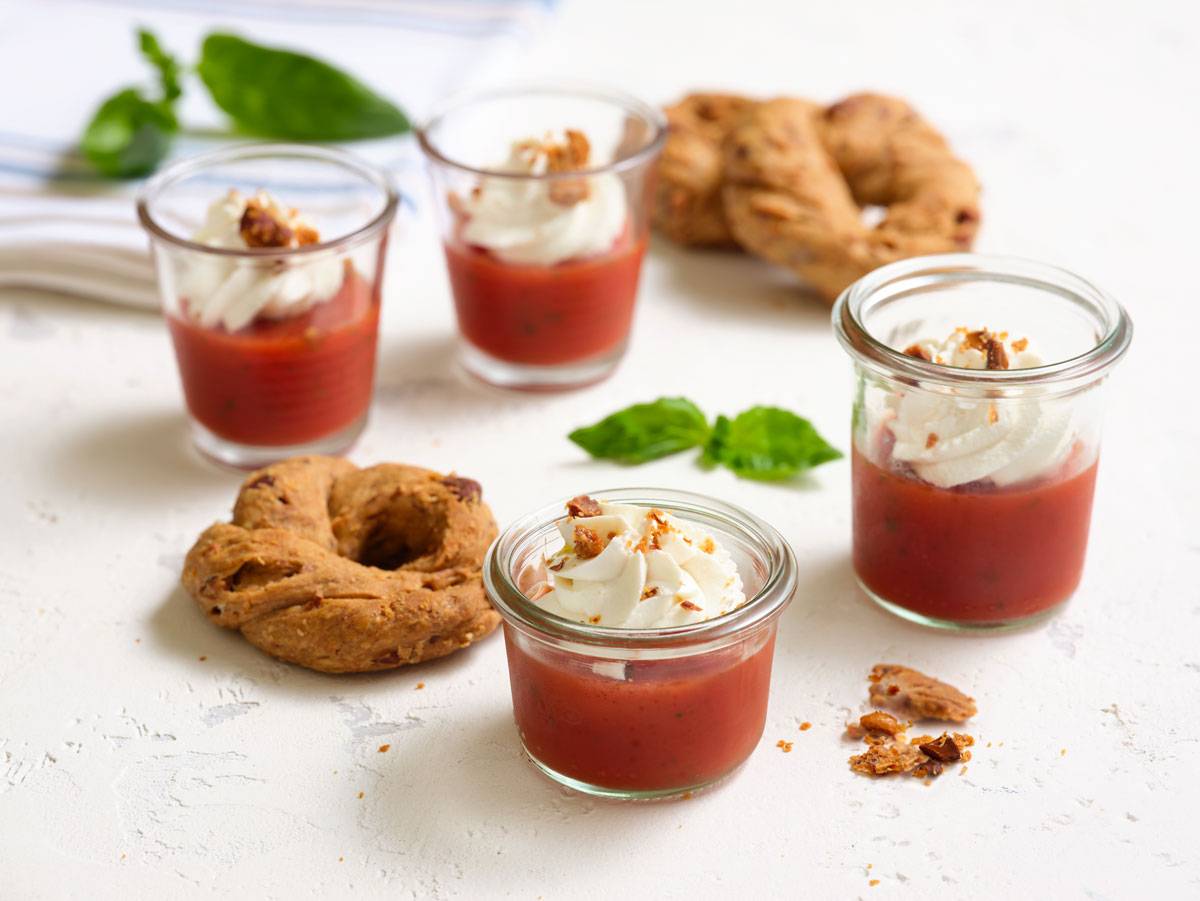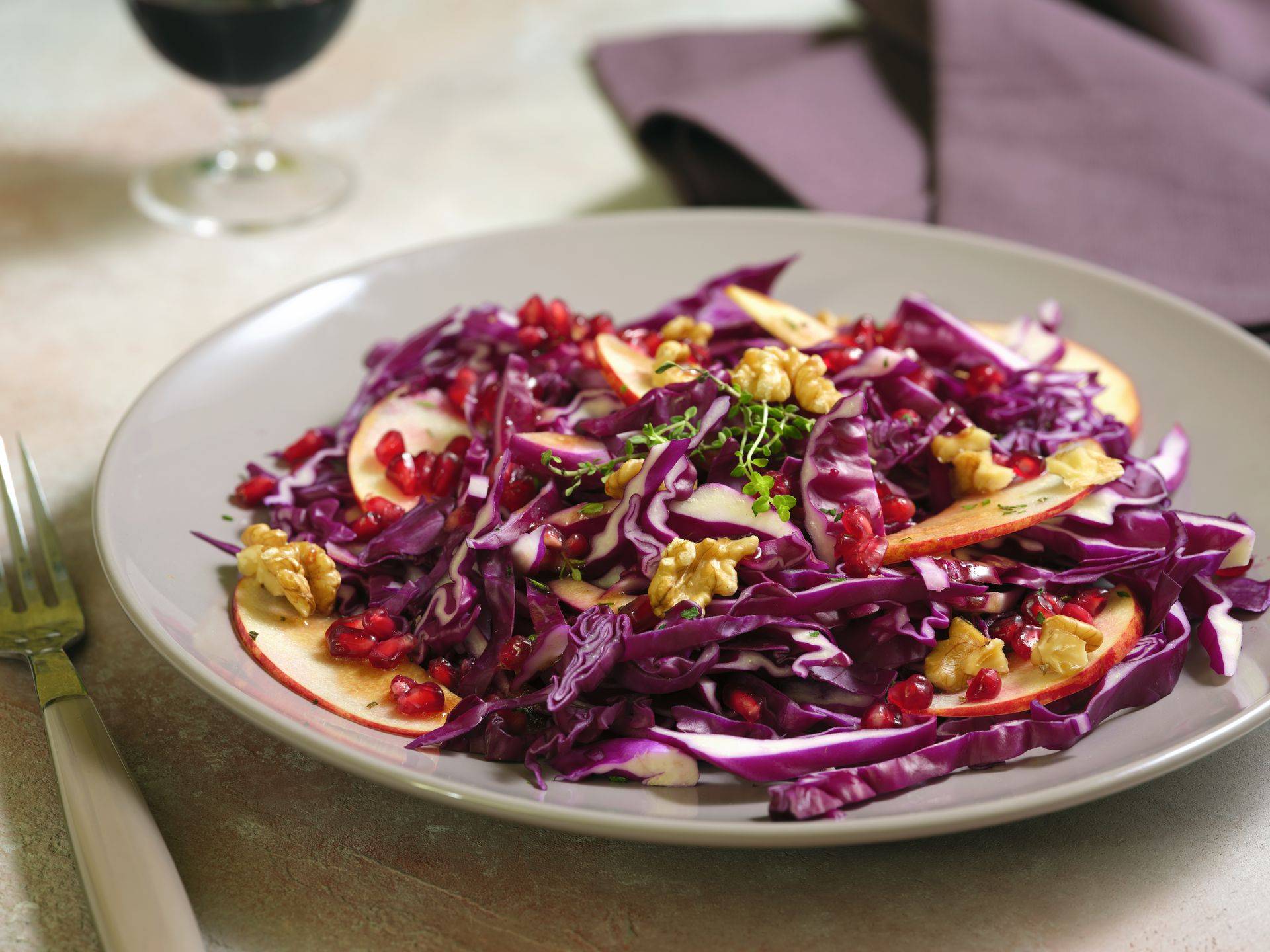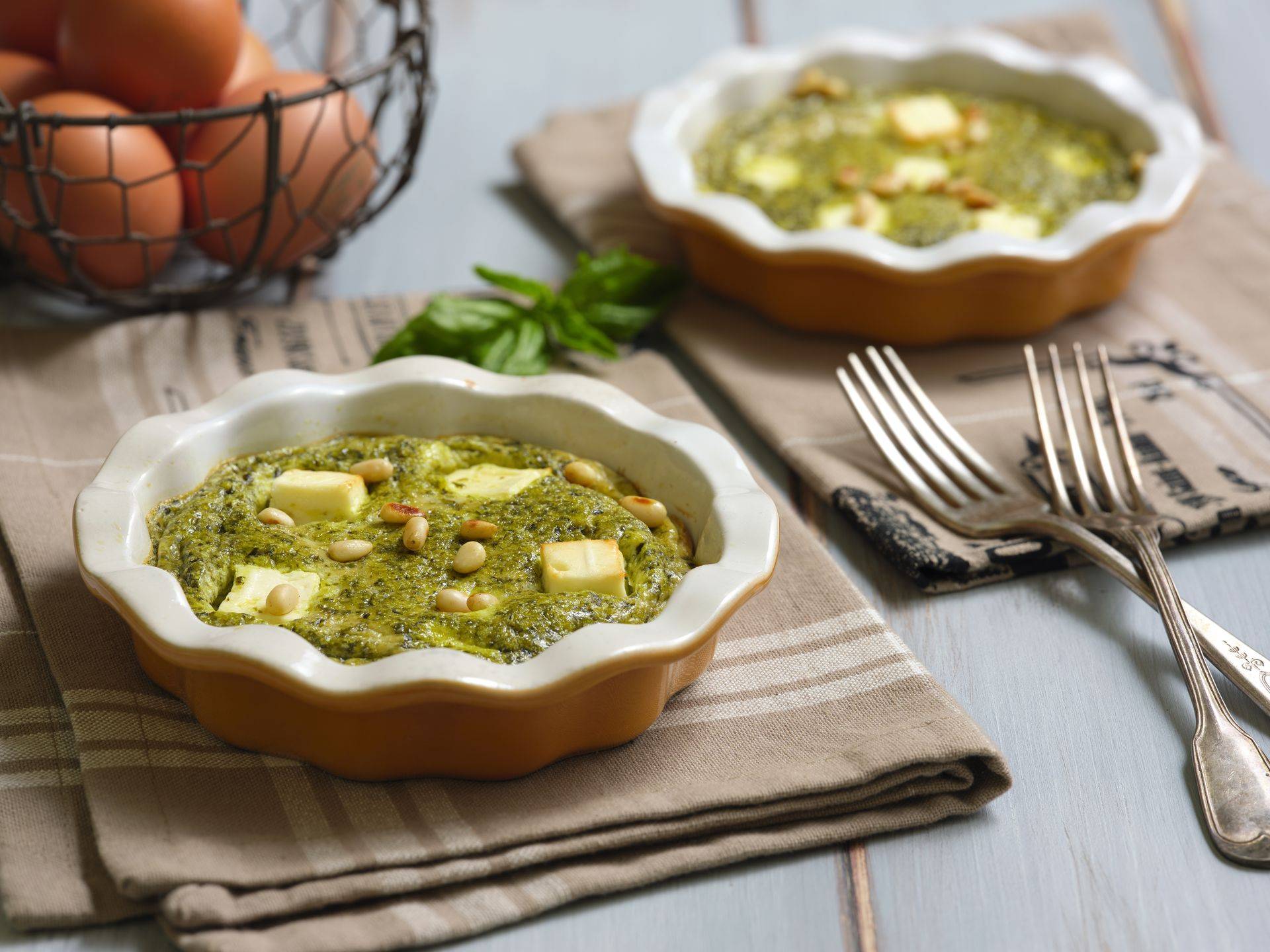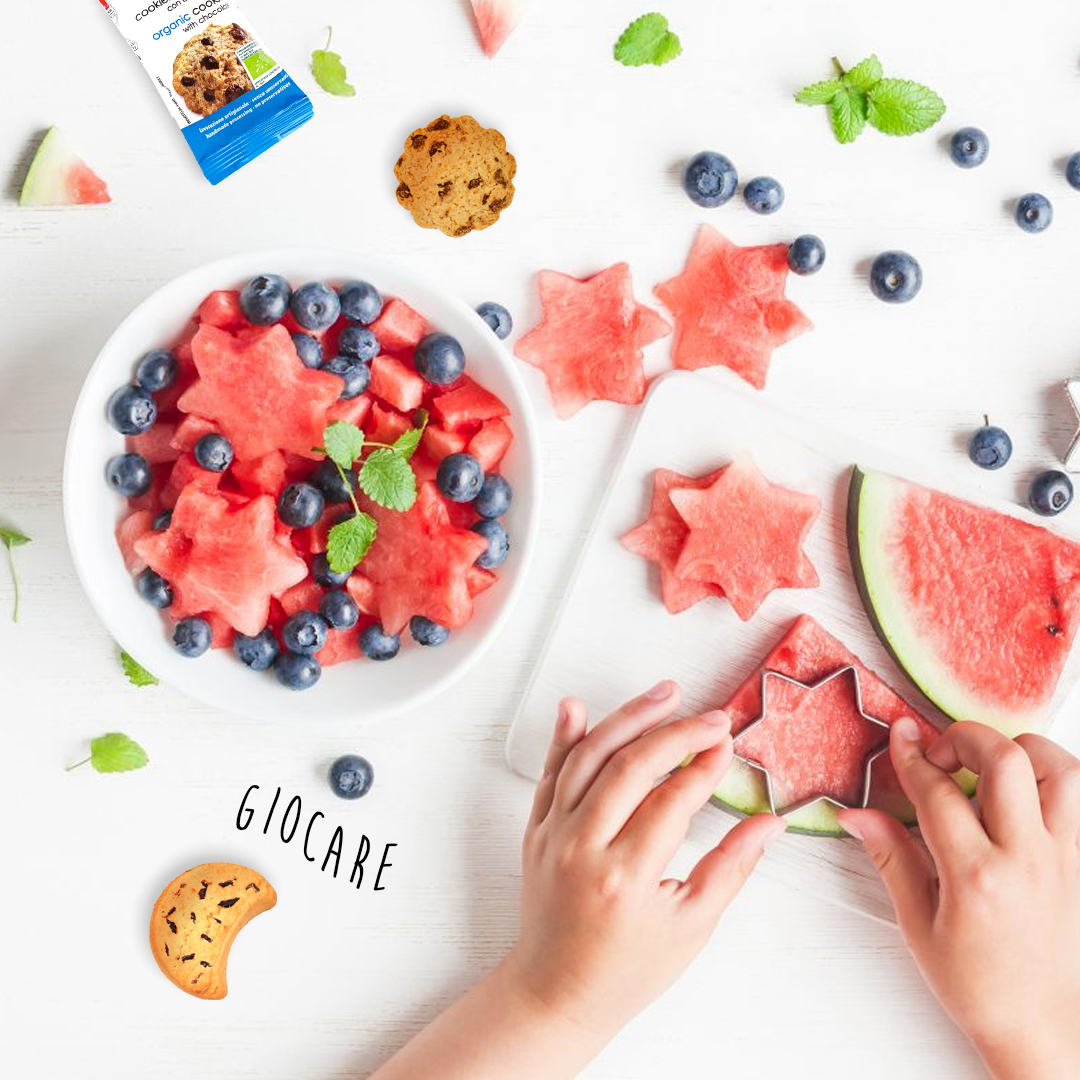
Child Nutrition: Common Mistakes to Avoid at the Table
Nutritional education should be a priority from the earliest months of life and should continue through all subsequent stages of growth. This challenging and important task is the responsibility of parents (and often grandparents) alike. While it is crucial for adults to meet the body's needs by learning to choose the healthiest foods and distribute them correctly throughout the day, for children, it becomes necessary and vital for harmonious and adequate growth.
By varying and alternating the choices at the table appropriately, it is possible to ensure our children have a balanced diet, allowing them to regularly consume all the necessary nutrients for their well-being.
The next step is to personalize the daily meals according to the tastes and needs of the children through a menu that does not exclude any food group, always using two fundamental ingredients: imagination and goodwill!
Most children have lunch at school and do not always consume everything that is offered, so the other meals of the day should be organized accordingly.
Legumes, vegetables, and fruits are the food groups most at risk.
But let's see what the most common mistakes are and how to avoid them:
Not enough vegetables
They are not always liked, but often it's just because there aren't enough on the adults' table either; they should never be missing, the table should always be colorful! Try to play by associating a color with each vegetable (carrots | orange, eggplants | purple, fennel | white).
The simplest and correct way is to prepare them with a first course, both for lunch and dinner. Pasta with pumpkin or zucchini, rice with spinach or mixed vegetables.
Another option is to make meatballs, to be baked in the oven, for example, cabbage or eggplant, to which eggs and/or Parmesan cheese can be added.
Too much processed meat and too much meat
The World Health Organization has classified some processed foods (processed red meat, especially sausages and salami) as carcinogens. If they are harmful to adults, why continue to offer them to children? In general, other cold cuts (ham, turkey breast) should also be reduced due to the excess salt, which is highly harmful at all ages. The same goes for packaged sausages and hamburgers.
An alternative? Homemade vegetable burgers made with blended legumes and vegetables or fish patties flavored with lemon or tomato.
Too many sweets
Avoiding excess sugars is always advisable, even for children: my advice is to only offer a sweet if it is a request from the child. In other words, never offer it as a snack or after-meal if it is not a "need".
It is always better to offer snacks with bread, tomato, and olive oil or with low-fat yogurt with fruit or cereals.
If you have time, it would be ideal to prepare the dessert at home with the collaboration of the children themselves, using fresh and quality products; a tart, shortbread cookies, or an apple pie to be consumed for breakfast or snacks are always the best choice. In this way, for the children, it also becomes a constructive and fun game... and then eating something prepared with their own hands has a completely different flavor and value!
Not enough fruit
Keep proposing it after meals or at any time of the day.
Avoid sweet juices rich in sugars and prefer squeezed juices or smoothies, perhaps transformed into colorful ice lollies to keep in the freezer.
Dr. Concetta Mauriello
